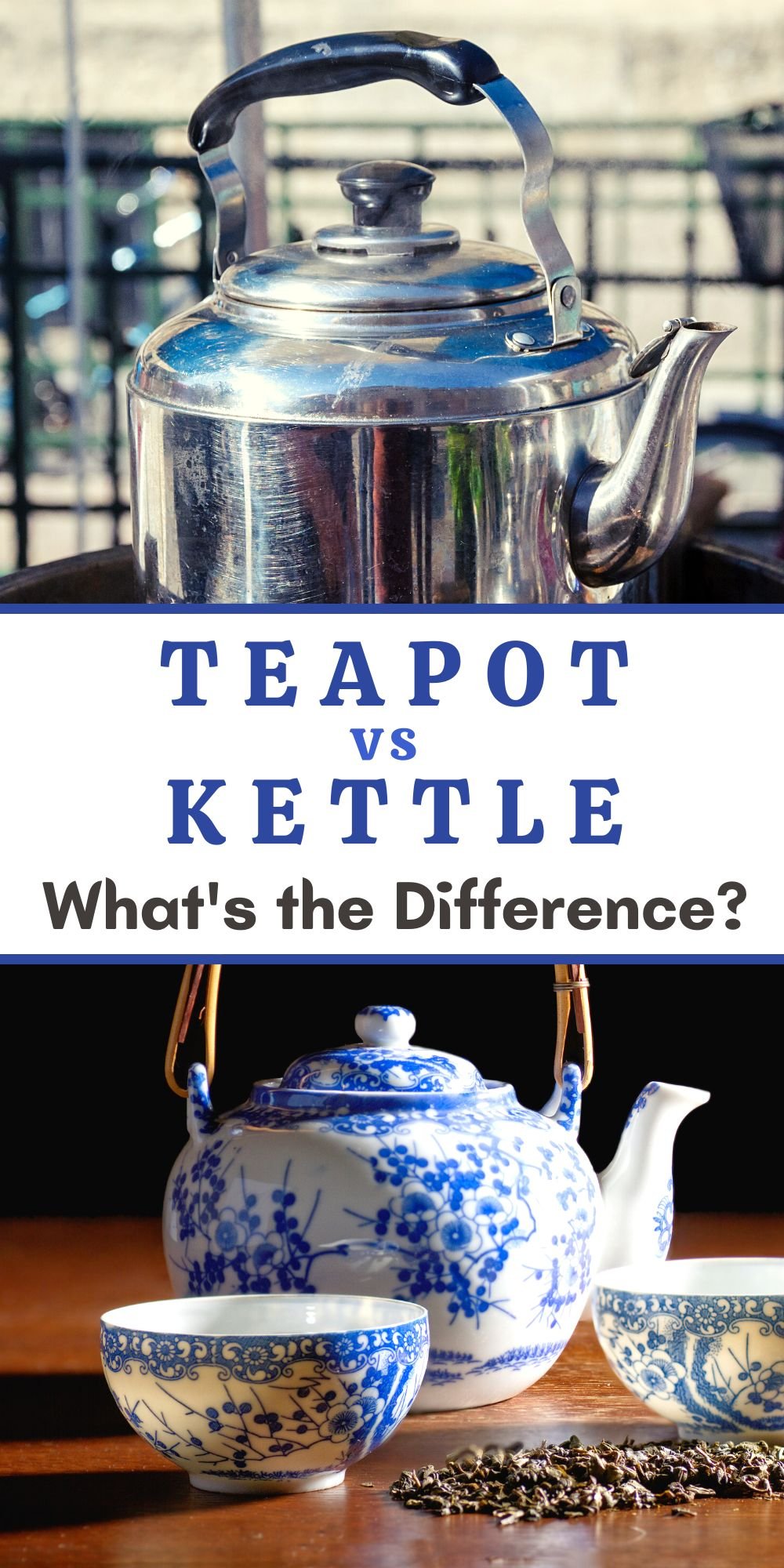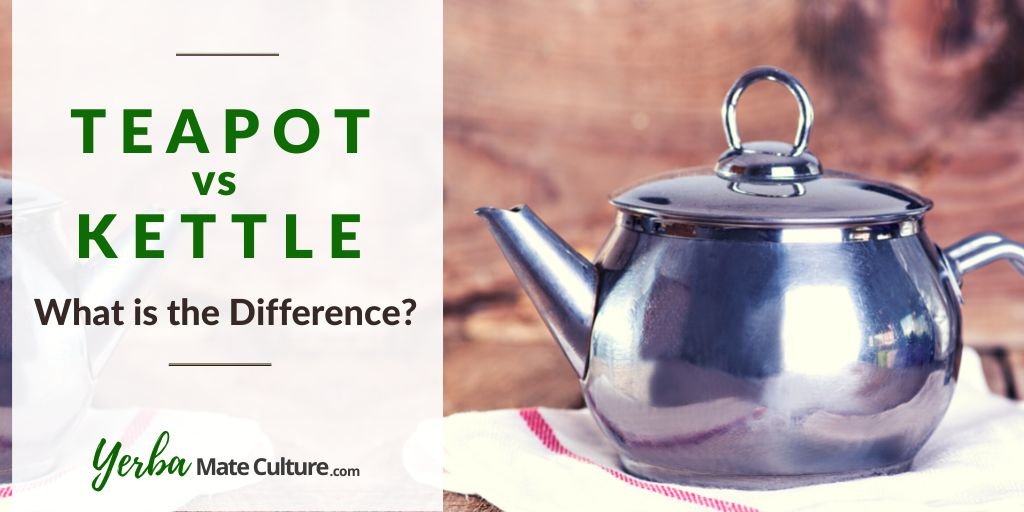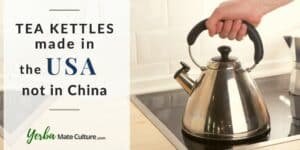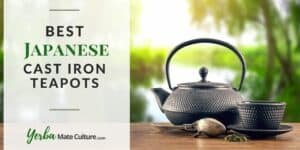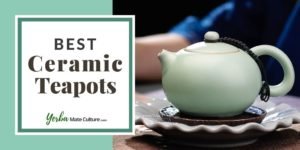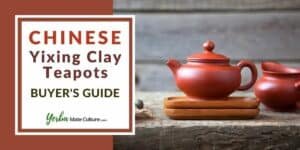Are teapots and kettles interchangeable?
Well, not really. At least in most circumstances.
Yet, many people have been misidentifying teapots and kettles for their entire lives.
While confusion over the matter has reached a boiling point, it’s time to finally learn the difference between a teapot and a kettle. This is important because they have different purposes and using one in the wrong way might ruin it.
What Is the Difference Between a Teapot and Kettle?
It’s true that both are used to make tea. However, they don’t work the same way.
Teapots are most often used for steeping tea but not heating water, while tea kettles are designed for boiling water but not brewing tea.
But there is much more to this matter and it’s true that sometimes they can be used interchangeably.
There are indeed many types of teapots and kettles made with different materials that affect how you can use them.
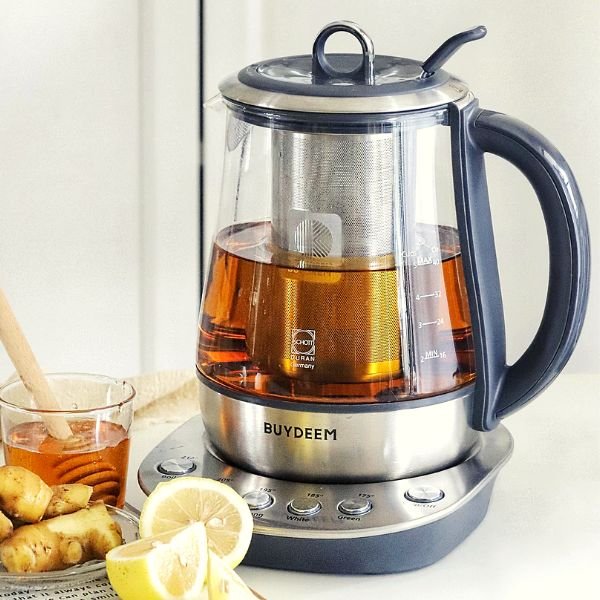
For example, some stovetop kettles and electric kettles with an infuser can be very convenient since you can use them for both heating water and brewing tea.
Here’s a look at the facts about teapots and kettles everyone should know!
What Is a Teapot?
A staple in kitchens all over the world, a teapot is a vessel used for steeping tea in hot water. Teapots can be made of iron, stainless steel, ceramic, or glass.
What makes a teapot distinctive is that it’s specifically made for steeping tea. It is not merely intended to be a vessel for heating water.
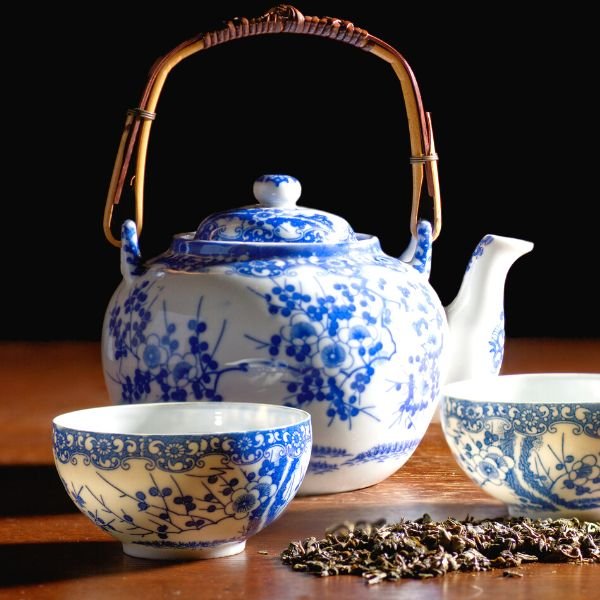
Teapots are ideal for people who love to brew loose leaf tea. They offer a ritualistic experience that allows you to “peek in” on the development of your tea.
All serious tea fans should own a teapot!
But can you also use a teapot for heating water?
This depends entirely on the specific product that you have. Check the instruction manual to find out if your teapot is safe to be heated on a stovetop.
Most stainless steel teapots and some glass teapots are stovetop safe while ceramic teapots can easily crack and should not be used for boiling water.
If you have a cast iron teapot, it depends on the design — ones with enamel interiors should not be heated on a stove.
Here are some tips for choosing a good teapot:
Size: A small teapot is ideal for daily use in a household with one to two people. Keeping a clunky teapot on the stove can become cumbersome. If a teapot is being purchased for entertaining, it’s better to purchase a large pot that can hold enough tea for a crowd without the need to constantly brew more. Of course, someone who drinks several cups of tea in a row may also benefit from a larger teapot.
Material: A teapot’s material can affect how a cup of tea turns out. Ceramic is a good option when seeking an affordable and attractive teapot. Glass is fun for watching leaves unfurl as the tea steeps. However, glass teapots are more vulnerable to breakage. Cast iron is a premium material for teapots that offers a beautifully balanced flavor and keeps the tea warm for a long time.
Steeping Options: Many teapots feature built-in infusers that give tea leaves room to expand. Others offer simple filters on the spout that keep the leaves from flowing out.
What Is a Tea Kettle?
A tea kettle is a special type of handheld pot that’s made for boiling water.
While kettles are synonymous with making tea, they are usually not intended to hold tea. They are only designed to heat water that can be poured into a teapot or a cup with a teabag.
Tea kettles can also be used to heat water for oatmeal, grits, baking, and more.
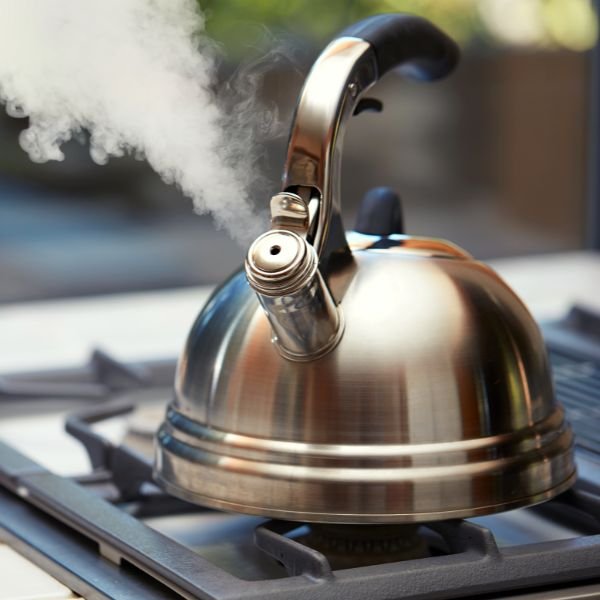
Most tea kettles are made from either stainless steel or aluminum.
These rugged materials are ideal for creating a long-lasting, durable kettle that can live on your stovetop for years without breaking under the pressure of the heat. Steel and aluminum kettles are also easy to clean.
Picking a good tea kettle should be a simple process:
A standard 2-quart tea kettle can produce 12 standard cups of tea. However, you can choose to either go bigger or smaller based on your water-boiling habits.
If you’re looking for a fancier option than stainless steel or aluminum, copper tea kettles can look quite glamorous on a stovetop. Just be prepared for the extra polishing needed to keep copper kettles pristine.
One other alternative to a standard tea kettle is a gooseneck tea kettle. Perfect for achieving more control when pouring hot water, a gooseneck kettle is known for its narrow, elongated spout.
Finally, a tea kettle needs to be compatible with your stove. Most kettles sold today should work with all stoves.
However, you need to confirm that a kettle is made with ferrous metal if you have an induction stove. Simply look for the induction-friendly symbol on a kettle’s packaging before making a purchase to confirm that it will work with your stove.
And there are of course electric kettles — faster and more efficient than stovetop models they are standard equipment in most kitchens. Choose a non-toxic electric kettle with no plastic to avoid any harmful chemicals leeching into the water.
But what if you want to also brew tea in the same kettle you use for boiling water?
Then simply choose a kettle that has an infuser or buy a separate infuser basket that fits your kettle or mug.
Never Get Confused About Teapots and Kettles Again
This quick guide clears up common misconceptions about teapots versus kettles.
While the two terms are often used interchangeably, they represent two different kitchen accessories. The good news is that both can be used to produce delicious, potent cups of tea daily when quality tea is used.
I have also provided some useful tips on how to choose the best teapot or kettle for your needs.
So all you need to do is choose one (or one of each) and start brewing!
Save on Pinterest:
